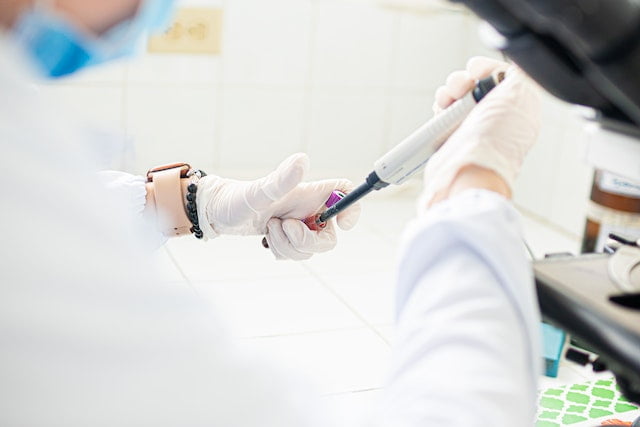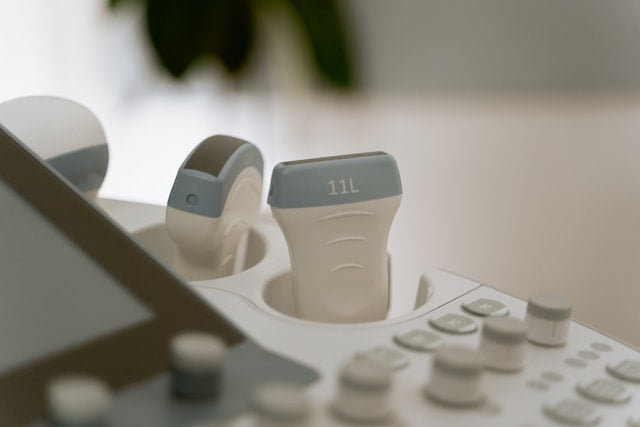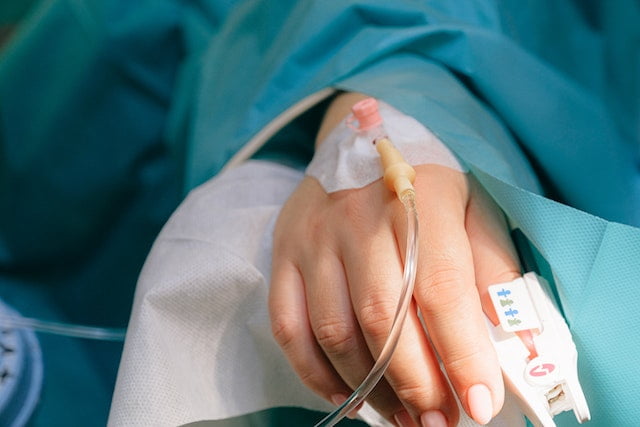Since prehistoric times until today, the field of urology has gained the attention of many scientists as well as physicians. Back then, it was difficult to treat a disease that affected the internal organs as accessing them was nearly impossible let alone the imaging and scanning needed for proper diagnosis. However, the latest advancements in urology have not only helped to uncover the detailed structure of the urinary system but have also suggested a number of ways to get rid of the associated diseases. For this purpose, several urology instruments are employed which are constantly updated and improved. Let us explore the domain of urology and check out some of the newest instruments.

Latest advancements in the field of urology
All the instruments used in the field of urology serve different purposes. Based on these, they are classified into the following categories keeping in mind the functions they perform:
- Imaging and diagnostic instruments
- Surgical instruments
Let us dive into these one by one in detail.
Imaging and diagnostic instruments
Proper imaging and scanning of the diseased area leads to the accurate estimation of diagnosis of the disease thus aiding the overall treatment process by cutting short the time required until full recovery. Some of the efficient diagnostic methods which serve this purpose include the following:
- Narrow band imaging (NBI): Narrow band imaging is a technique that employs the blue and green wavelengths in order to recreate a clearer picture of the internal tissue of the urinary system. The method is particularly helpful in the detection of cancerous mass. Moreover, transurethral resection of bladder tumors (TURBT) can also be conducted using NBI, the surgical procedure which is done for the removal of those tumors out of the bladder which are in earlier stages.
- Uro-Dyna-CT scan: Uro-Dyna-CT is an imaging technique that has the ability to generate high-quality real-time cross-sectional as well as 3D images of the urinary system. It is a painless process in which X-ray analysis of the body parts is performed. It is usually paired with simultaneous percutaneous nephrolithotomy (PCNL) and contra-lateral flexible ureteroscopy (FURS), both of which will be discussed as follows.
- Ultrasonography: Ultrasonography is a method primarily used for the imaging of the urinary bladder. Being non-invasive, the method is safe and not at all painful for the patient. The device works on the principle of transmitting ultrasound waves through the bladder tissue. As the method is simple, the devices based on this are portable and lightweight.

Ultrasound equipment for imaging and diagnostic purposes
Surgical instruments
Issues related to the urinary system such as stones in the kidneys, ureter, or urinary bladder sometimes need surgical removal. The conventional methods of open surgery as well as processes like lithotripsy have ruled the field of urology in this regard. However, many newer methods have rendered this surgery even easier because of being minimally invasive followed by a comparatively shorter recovery period. Some of these include:
- Contra-lateral rigid as well as flexible ureteroscopy (URS): The URS is an endourological process in which a ureteroscope, i.e. a fiber-optic-based slender instrument, is introduced into the urinary system via urethra. It has such a greater reach that it can approach kidneys. Once there, the device can help detect the stones as well as destroy them. The efficiency of the device is such that it reduces the pressure on the kidneys thus enhancing flow as well as visibility. The purpose of the employment of ureteroscopes is both diagnostic as well as therapeutic.

Patient being treated for urinary tract issues
- Percutaneous nephrolithotomy (PCNL): Percutaneous nephrolithotomy or PCNL is a minimally invasive surgery performed in order to remove kidney stones that are larger in size. The process is conducted under general anesthesia. A tube is guided through a 1 to 1.5 cm incision made at the patient’s back i.e. on the flank area to be precise. Once the tube is in its place, a small-sized telescope is passed through it which visualizes, breaks, and removes the stones from the body. Like URS, PCNL is also a process by which the patient heals faster with a minimum number of associated complications.
Robotics and the latest advancements in urology instruments
Robotics, as are being employed in almost every field nowadays, also find applications in urology. These not only provide the opportunity to visualize the internal tissue in magnified form via 3D vision but also give the advantage of conducting surgeries using minimally invasive methods.
Moreover, considering the single opening of the urinary bladder, a single-port system has been designed to venture into the bladder along with a micro-camera and multiple robotic instruments. This elbow-joint affixed instrument can also bend on an angle to accommodate the needs of the physician while accessing the internal tissue of the urinary system.
Conclusion
The urinary system is one of the organs of the body to which physicians have limited access owing to its single small exterior opening. Therefore, the diagnostic as well as therapeutic equipment which are to be employed in the treatment of urology have to be designed in such a way that they can seep into the urinary bladder and beyond via the urethra. Modern-day instruments have multiple features to do so. Moreover, the latest advancements which keep on improving medical equipment also serve as the basis for newer tools with even greater access as well as efficiency.

PhD Scholar (Pharmaceutics), MPhil (Pharmaceutics), Pharm D, B. Sc.
Uzma Zafar is a dedicated and highly motivated pharmaceutical professional currently pursuing her PhD in Pharmaceutics at the Punjab University College of Pharmacy, University of the Punjab. With a comprehensive academic and research background, Uzma has consistently excelled in her studies, securing first division throughout her educational journey.
Uzma’s passion for the pharmaceutical field is evident from her active engagement during her Doctor of Pharmacy (Pharm.D) program, where she not only mastered industrial techniques and clinical case studies but also delved into marketing strategies and management skills.
Throughout her career, Uzma has actively contributed to the pharmaceutical sciences, with specific research on suspension formulation and Hepatitis C risk factors and side effects. Additionally, Uzma has lent her expertise to review and fact-check articles for the Health Supply 770 blog, ensuring the accuracy and reliability of the information presented.
As she continues her PhD, expected to complete in 2025, Uzma is eager to contribute further to the field by combining her deep knowledge of pharmaceutics with real-world applications to meet global professional standards and challenges.







